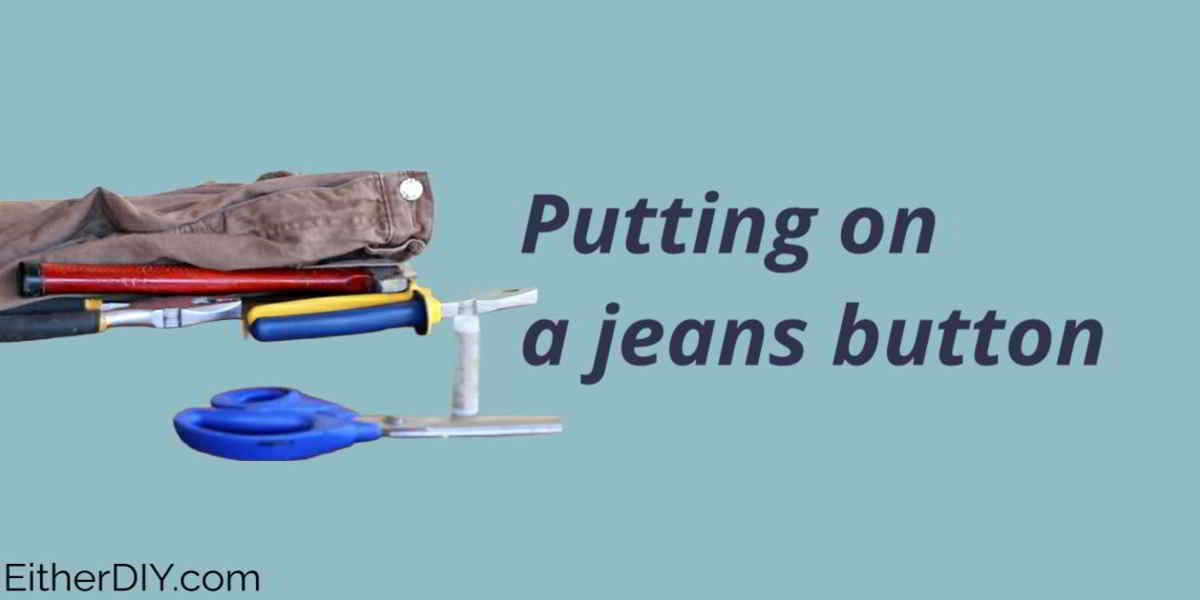Sewing Tools for Beginner and Basic Accessories
[This page contains affiliate links from which I'll receive commissions!]
Like almost all manual crafts, it is important to learn to sew from the ground up. You cannot learn to sew by hand without using hand tools. It is advisable to master hand tools before trying to understand sewing machines.
Everyone needs sewing tools
To start making a pattern, until the end you need to use both hand tools and sewing machines.
What should I put in my sewing kit?
Start your sewing kit today with five basic hand tools.
Needles
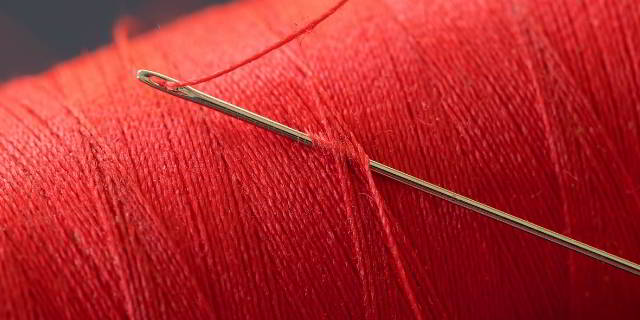
There are different needles in sewing but the most used is the classic needle.
Classic needle The classic needle is a small eye needle that can be used for a variety of hand sewing projects. Classic needles come in a variety of sizes, ranging from 1 to 12, or 1 inch to 3 inches. It is best to choose a circular needle if you are knitting.
Some Sewing machine needles and their role.
Beading needle Long and precisely, it allows you to thread beads easily. The beading needle is used to sew beads and sequins onto the canvas.
Chenille needle Chenille needle: a needle with a pointed tip, similar to a tapestry needle. The most common use is for sewing with thick or woolen threads. It does a good job of embroidering on ribbon.
Darning needle This is a needle for darning wool. It is a small long piece. Ideal to make a hole disappear.
Double eye needle A double eye needle allows two separate threads to be used, making decorative embroidery easier and reducing fabric tension.
Beading Needle Long and precisely, the beading needle is used to sew beads and sequins onto fabric. Ideal for creating necklaces and other items.
Tapestry needle It is a thick needle with a blunt point and a large eye. It is used to sew tapestry with wool thread, as the name suggests. They are very useful for sewing thin elastic.
Millinery’s Needle Hand sewing is done with a millinery needle, which is a long, thin needle with a small round eye. It is not abrasive to the fabric and is ideal for basting. Choose your needles carefully according to the work to be done!
Tailor scissors

Tailor’s scissors or fabric shears are intended only to cut fabrics. If you also use it to cut papers, it will not be effective for its work. It differs from other scissors by having a large handle on one side and a small one on the other. Use a school scissors for patterns and other paper cutting.
Other scissors used in sewing
The thread cutter
The scissors of lingerie
Embroidery scissors
Rotary Cutter
Tape measure
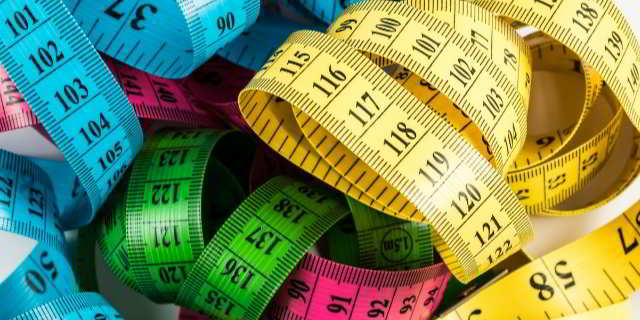
The tape measure, also known as a measuring tape, is essential for sewing. It takes measurements on the human body. They come in a variety of lengths. The extra long tapes can reach up to 120 inches or 300 cm.
Pins
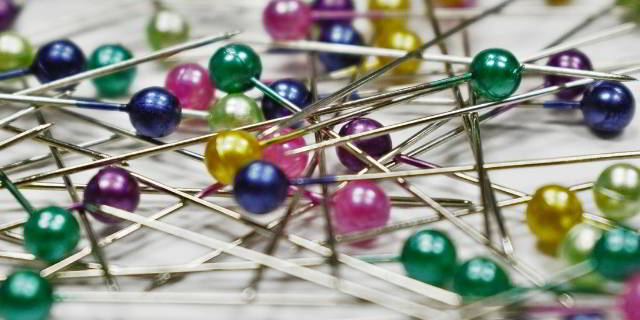
A filiform piece made of a metal rod that is pointed on one side and has a metallic or plastic head on the other. Pins are very thin. They are used to holding together two objects made of paper or fabric.
Seam ripper
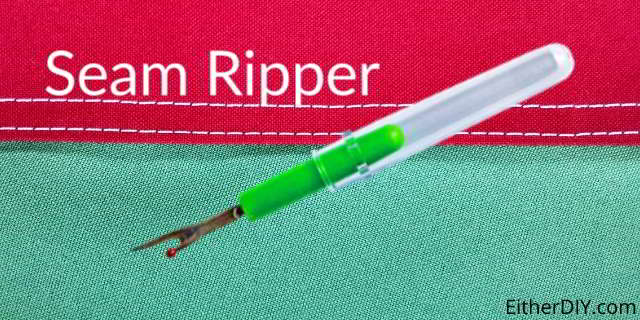
Even professionals make mistakes in sewing. Without the seam ripper, it would be very difficult to unstitch. It is composed of a point to lift the thread and stitches and a small blade to cut them. It is very useful and even necessary as a sewing tool. Choose the one with a tip at its head to avoid damaging the fabric.
It is not in every situation that you need a seam-ripper. Like for example, to remove the snap of a pair of jeans you need other tools.
Don’t forget to own a sewing table and sewing box to tidy up your sewing tools
Sewing mistake beginners make
To start a good sewing adventure, as beginner avoid to:
- bay a lot of sewing supplies like industrial sewing machine, quilting machine, Overlock sewing machine, kit fabric scissors and .
Just put in your buying list accessories you know and experiment at least once to not get discouraged in learning to sew or quitting sewing.
For example, many seamstress fine the rotary cutter essentials on a big sewing project in their sewing room. What it is, and how to use it?
If you’ve been having trouble trying to keep your patterns from shifting as you cut the fabric out. If you’ve even resorted to taping the patterns to the fabric, know that you can use a rotary cutter which can help a lot seamstress.
Know that a metal ruler damages the blade of the cutter quickly. If you turn towards it at all, the blade will get a nick in it. Then, even though the rest of the blade is still sharp, you miss a spot in every revolution where the blade got nicked.
To know how to use a rotary cutter this video of Professor Pincushion can be helpfully.
As you gain knowledge and experience, you will discover other tools to complete your sewing kit. Succeed in your sewing projects with these 5 basic elements that even professionals can’t do without.
